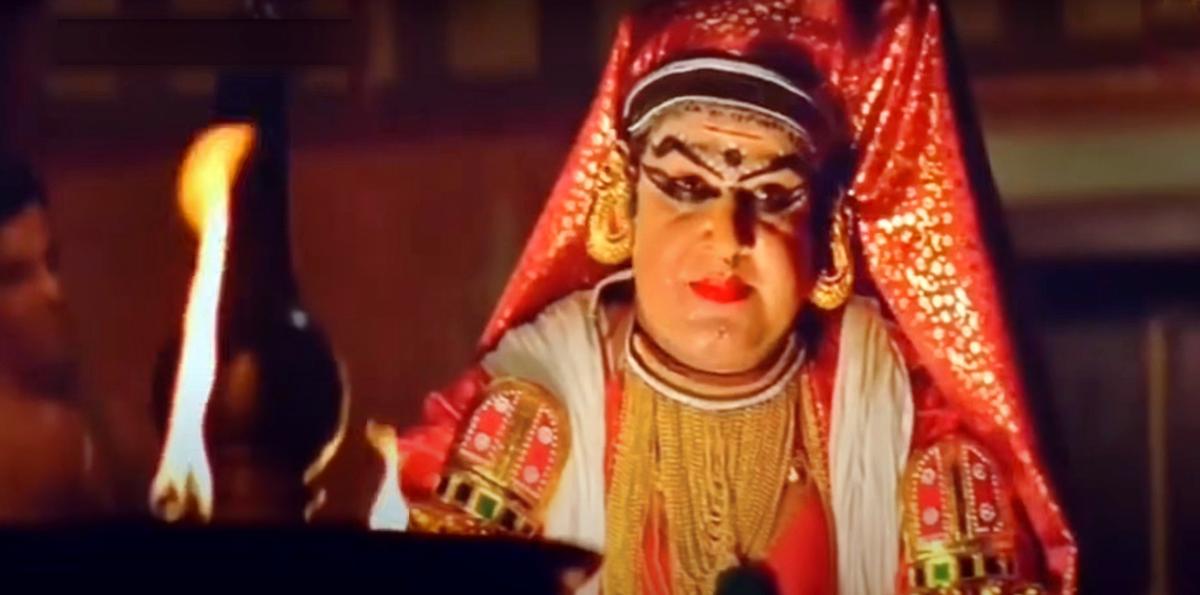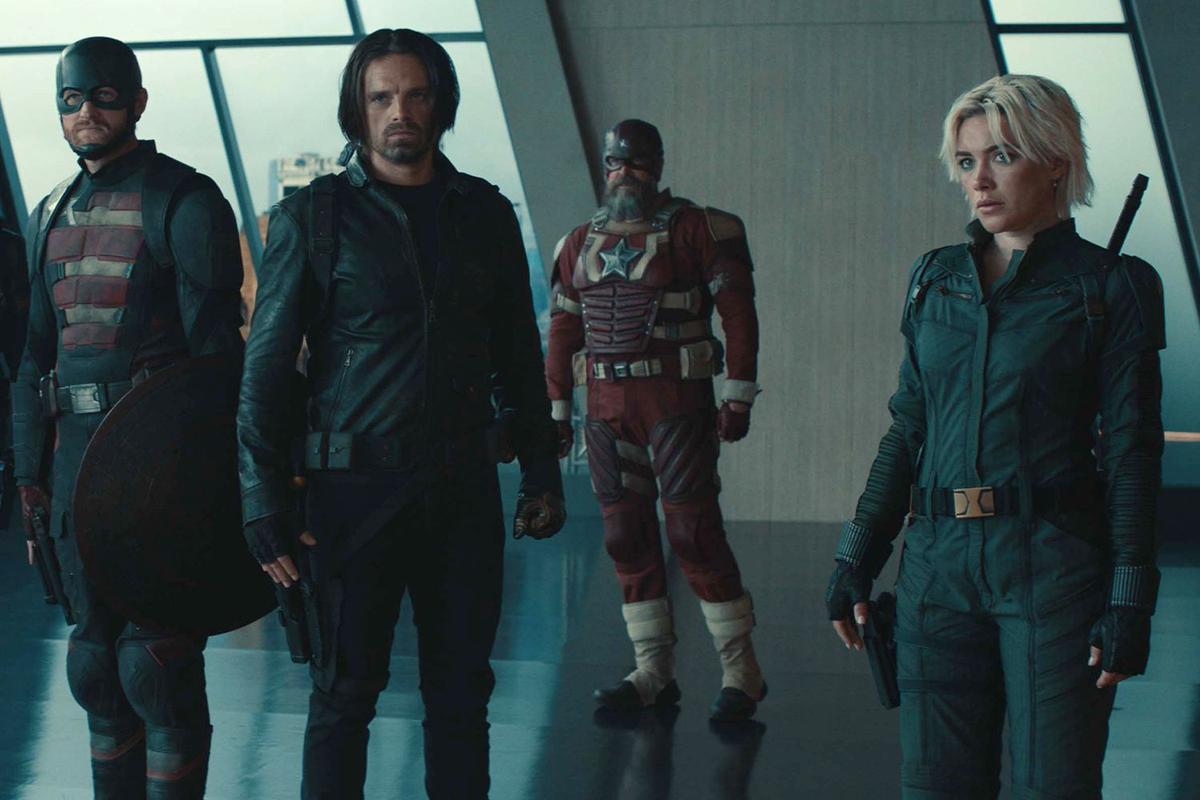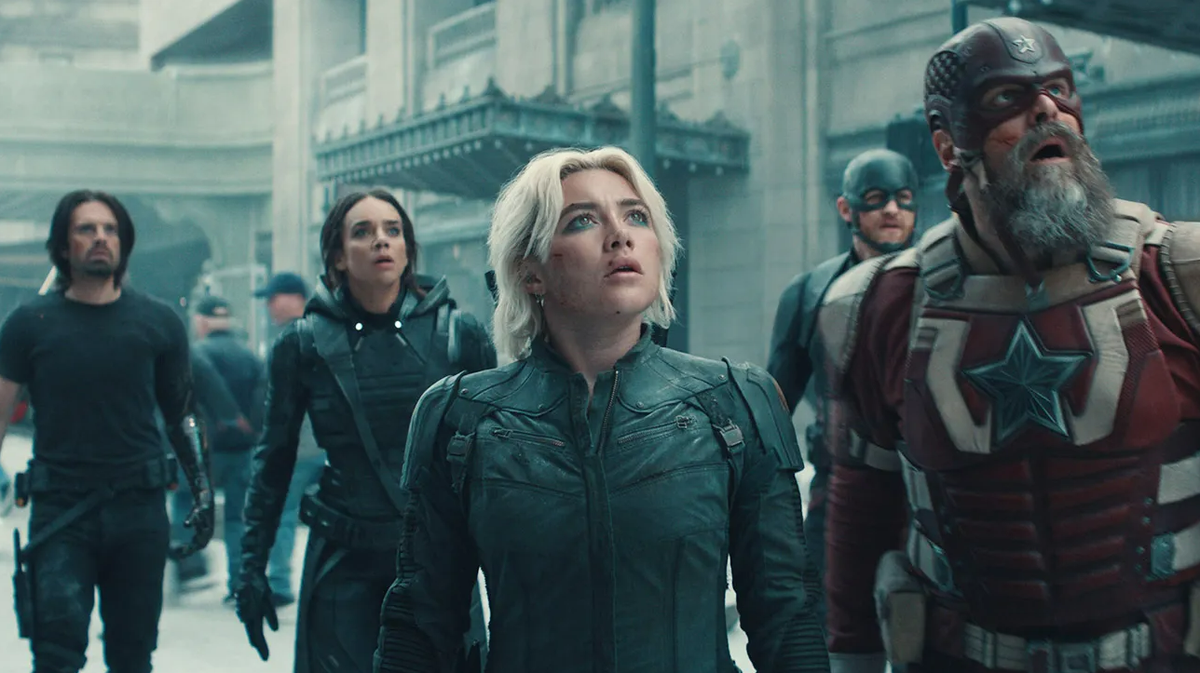A pall of gloom hangs over ‘Piravi’, Shaji N Karun’s residence in Thiruvananthapuram. This was where the auteur and ace cinematographer met admirers from all walks of life. This is where he had conceptualised all his works, including documentaries and short films. This is where I met Shaji more than three decades ago as a student of journalism as part of my course. He had shared that it was his wife Anusuya Warrier’s idea to name their house ‘Piravi’.
Shaji spent considerable time speaking to a rookie reporter, discussing his maiden film Piravi (1988), his second film Swaham (1994) and his student days in Pune. Piravi , a huge success, was about the story of a father’s futile search for his son, who has been picked up by the police. The film brought alive the excesses during the Emergency, in a poignant way. It won Shaji the Camera d’Or at the Cannes Film Festival in 1989 and the National award for best director along with several other honours from across the world. Swaham (1994) was also screened at Cannes.
Shaji N. Karun during the making of the documentary on renowned artist K.G. Subramanyan at Kashi Art Cafe, Fort Kochi.
| Photo Credit:
MAHESH HARILAL
It was Shaji’s fascination for the images painted by light that made him take to cinematography. After his graduating in Physics from University College, he chose to join the Film and Television Institute of India in Pune. He passed out with a gold medal in cinematography.
Shaji always spoke passionately about the magic and moods of the tropical sun. He would excitedly capture its constantly changing hues and direction. His attention to detail was amazing.
His simplicity was in stark contrast to the world he saw through the lens. Since he lived in the neighbourhood of my mother’s house, I have often seen him walk quietly along the road. He was then the chairman of the Kerala State Chalachitra Academy. He was also the executive chairman of the International Film Festival of Kerala (IFFK). He was able to get the best of filmmakers and technicians to these festivals because of his personal equation with them.
Over the years, I have had the opportunity to speak to him several times. Each time, I was left with a sense of wonder at the filmmaker’s ability to delve into varied themes set in different periods of times. Shaji was not a prolific director. He took time to shape a story or a theme and then spent some more time visualising it in a language and idiom that was all his.
Among the many awards that Shaji had won, he particularly treasured the Sir Charlie Chaplin Award instituted to commemorate the birth centenary of the legendary comic actor (1989) at the Edinburgh Film Festival. “After I boarded my flight to India, the flight attendants announced that I had won this prestigious award and the passengers gave me a standing ovation,” he had recounted during an interview to The Hindu.
Artist Namboothiri and filmmaker Shaji N Karun
at the release of the documentary, Varayude Klapathy
| Photo Credit:
THULASI KAKKAT
Shaji’s deep affinity for music and painting was evident in all his films. His bond with artist Namboothiri resulted in the documentary Neruvara on the latter’s life. Moving Focus – A Voyage captured the artist KG Subramanyam’s journey. The free-flowing lines and strokes were beautifully translated onto the screen by Shaji.
He had stepped into the world of cinema by cranking the camera for KP Kumaran’s Lakshmi Vijayam (1976). But it was his long association with G. Aravindan that marked his cinematographic oeuvre. Kanchana Sita (1977), Thampu (1978), Kummatty (1979), Esthappan (1979), Pokkuveyil (1981), Chidambaram, Oridathu and Unni were all filmed by him. He had an uncanny ability to understand what Aravindan had in mind. Shaji was able to transform Aravindan’s abstract ideas into perfectly composed frames. “Aravindan’s screenplay was often very brief. Thampu, for instance, had only four pages,” he had recalled during the screening of the film’s restored version in Cannes.
He had also worked with other great directors such as P. Padmarajan, M.T. Vasudevan Nair, K.G. George and Lenin Rajendran. He was the cinematographer of writer-director Padmarajan’s Koodevide, which marked actor Suhasini’s debut in Malayalam films.
Paying tribute to Shaji, Suhasini had shared on Instagram: “Remembering Shaji Karun. Some people we meet are evergreen and eternal. He was the cinematographer for my debut film Koodevide. I was his Subhadra in Vanaprastham. A true artiste and a great human. People like him made our industry safe and marvellous for newcomers. Will miss him…”

Mohanlal in Vanaprastham, which isamong Shaji’s timeless classics
| Photo Credit:
Special Arrangement
In Vanaprastham (1999), Shaji’s third feature film, Mohanlal came up with an award-winning performance as a poverty-stricken Kathakali performer and his inner struggle as an artiste and man.
Kutty Srank (2010) remains one of the most complex films of Shaji. It traced the past life of a dead Chavittunatakan artiste and the different memories he left behind in the places he had lived. Blurring reality and fiction, Shaji’s story in a sense was also the story of certain regions of the State and the arrival of different faiths and belief systems. Mammotty effortlessly played the three avatars of Kutty Srank and his relationship with three women.
Shaji had once said that Mohanlal’s large expressive eyes was his biggest advantage while Mammootty was so handsome that it was difficult to mask his good looks. “Even if one were to smear his face with soil, it would difficult to hide his features.”
From the movie Swaapanam.
| Photo Credit:
The Hindu Archives
After Swaapanam and Olu, Shaji’s heartfelt desire was to direct a musical. He had said how disappointed he was when a top actor, who had received several awards for his work in Shaji’s films, had come up with all kinds of excuses to not work in the musical. It was to have been a mega Indo-European project.
With Shaji’s passing, Malayalam cinema has lost a director and technician who elevated it to global standards. I recently watched Vanaprastham on television and experienced the meditative pace at which Shaji’s camera captured every nuance of emotion. It reflected Shaji’s approach to life — observing and enjoying every moment in quietude.
Published – May 01, 2025 12:26 pm IST





























